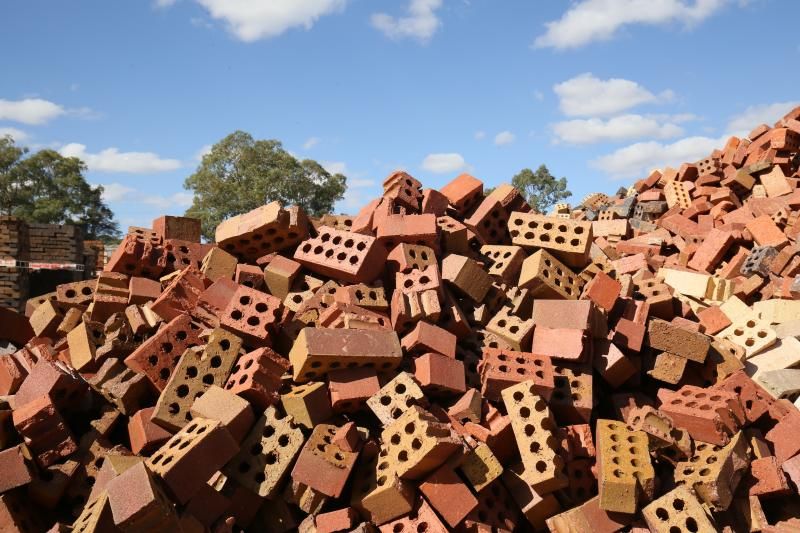Introduction

What about your wastes? (By Littlehampton)
Reducing waste and pollutants resulting from our professional activity is a first step towards a better management of our ecological footprint. Industry and agriculture sectors can impact terrestrial ecosystems with the release of persistent organic pollutants and chemicals waste; electronic equipment used in administrative jobs lead to electronic waste composed of a complex mixture of hazardous components; each economic sector has its own contribution to the increase of waste, sometimes difficult to manage and able to cause major environmental problems.
This activity proposes to help trainees identify the categories of waste produced by their professional activity; to learn about their destination and the way they are managed and to think about possible waste reduction at the source, in order to preserve our natural environment.
Learning Objectives
- The learner understands basic ecology with reference to local and global ecosystems.
- The learner is able to connect with their local natural areas and feel empathy with nonhuman life on Earth.
- The learner is able to question the dualism of human/nature and realises that we are a part of nature and not apart from nature.
- The learner is able to work with policy-makers to improve legislation for biodiversity and nature conservation, and its implementation.
- Anticipatory competence
- Normative competence
- Collaboration competency
Instructions
Step 1) Get into the subject! (30 minutes)
To start, the trainer can remind learners the definition of waste. Are considered as waste any substance or object which the holder discards or intends or is required to discard (see EU legislation on waste management). It is important to mention that what is considered as waste in one place or at a certain time, can be considered as material somewhere else, through reuse, recycling or up-cycling.
The trainer first asks learners to analyse and list on the board all the waste produced through the whole process of their professional training, in the training center (Trainers will find some examples in the Notes for educators).
The trainer may help this task by providing a short job analysis with a list of tasks to perform the professional activity. It will then be easier for learners to identify the waste produced in each phase of the process.
|
Tasks |
Waste produced |
Collection |
Management |
Step 2) What do we do with our wastes? (60 minutes)
Once they get a clear list of the various wastes generated by the specific sector of activity, the trainer will create several groups of learners, each group targeting one specific waste. Learners will then follow and trace a specific chain of waste collection and management.
To do so, they will develop a questionnaire to be sent to the responsible persons within the training center and outside (city hall responsible departments, public or private company responsible for waste management, etc.). Some few questions should be enough to answer the main issue “What do we do with this waste?”. For each type of waste identified the following questions should be answered to:
- Question1: Is this type of waste sorted and collected separately?
- Question2: Is it collected for reuse or recycling (or composting for organic waste)?
- Question3: If yes, how is the recycling process organised (local recycling center, technology used, market for new product, etc.)?
- Question4: If not, is it brought to organise landfill or incinerator?
- Some additional questions can be added for specific waste or hazardous waste.
This questionnaire should be prepared online (eg. google form) in order to be easily disseminated, gathered and analysed.
Step 3) Sharing our findings (60 to 120 minutes, depending on the additional research needed)
After collecting the answers, each group prepares a synthesis that should provide a clear view of the management process(es) followed by the specific waste.
Additional research may be requested to complete the information collected through questionnaires.
The groups will then present their findings, precising at least:
- Specificity of the waste produced (origin, dangerous or not, liquid or solid, etc.)
- Possible impact of the type of waste on the natural environment, on human health.
- The way this kind of waste is managed: separate collect or not, specific treatment or not, where and how it is managed (landfill or incineration, other), locally or not, etc.
- The current possibility for reducing the waste at source and for recycling or reuse
Following this activity, learners should be able to identify the main categories of waste produced by their activity or/and their professional sector and their destination. Going a step further, they will have to determine how they could reduce the volume or categories of wastes produced.
An example of case study can be downloaded in "Documents"
- CALL FOR ACTION 1
Supported by their trainer, learners can make additional research to complete their ideas and elaborate a kind of “Professional Charter” where they will resume the issue and list their commitments to limit the production of waste in their work environment and improve waste management.
- CALL FOR ACTION 2
The ecological footprint exploration could be adapted and enlarged to become a long-term project. Start off with this activity and then have the learners work in small groups to come up with an ecological footprint analysis of the training center or the school. Of course, this 'Action' should be organised in collaboration with the Direction of the establishment in order to involve a maximum of staff and trainers into the process. Results will end up with a report and/or suggestion for improvement.
Trainers are invited to use the proposed existing platform for eco-footprint calculation.
Resources
Click each section below to see all resources available.
Resources
Click each section below to see all resources available.
Notes for Educators
Step 1. Trainers can find support in the Guide “Greening Technical and Vocational Education and Training. A practical guide for institutions” produced by UNESCO (available in "Resources").
Eg.1 The CONSTRUCTION SECTOR:
The construction sector is one of the main sources of environmental pollution worldwide. It accounts for 40 per cent of total waste, including construction, demolition and excavation wastes such as concrete, wood, metals, glass, plastic, soil and other building components, which represent huge volumes and can be partly recycled and re-used.
Eg.2 The FOOD SECTOR:
Food processing generates a huge volume of wastewater that must be treated for safe disposal before being returned to the environment. They generate an increase of suspended solids, nutrient loading, nitrogen and phosphorus compounds, and other residues into the water that are dangerous for the fauna and flora but also for human health. Food sector also produces solid waste (organic waste, packaging waste including plastic, glass and metal.
Steps 3. and 4.: To complete and facilitate the additional research needed, the trainer can invite a local expert in waste management or organise an online meeting with the learners.






